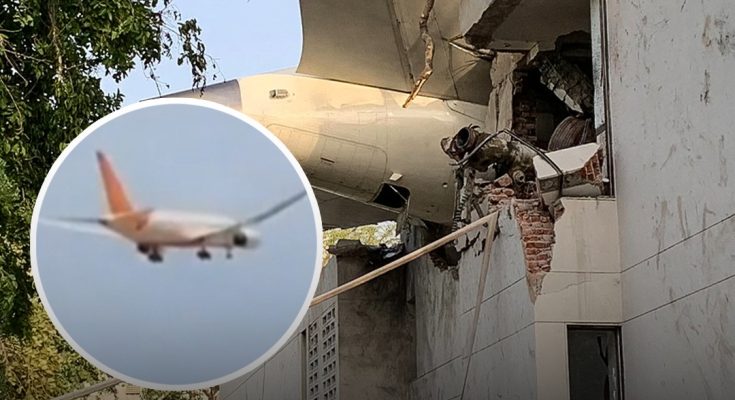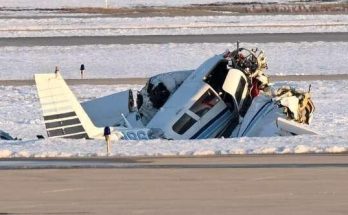The pilots on board the fatal Air India crash that claimed the lives of 260 people were heard talking to each other about why a button that helped the plane fly was switched off.
The Boeing 787-8 Dreamliner struck a medical college hostel in a residential part of Ahmedabad, India, at 1.38pm (local time) shortly after takeoff on June 12.
There were 242 passengers and crew on board the aircraft at the time – all of whom died except for 40-year-old British national Vishwash Kumar Ramesh, who miraculously walked out of the wreckage.
Meanwhile, a further 19 people died after the commercial airline crashed into the hostel – that is located roughly a mile from the runway.
Now, the cockpit recording has revealed to investigators the chilling conversation the pilot and co-pilot had just seconds before crashing.
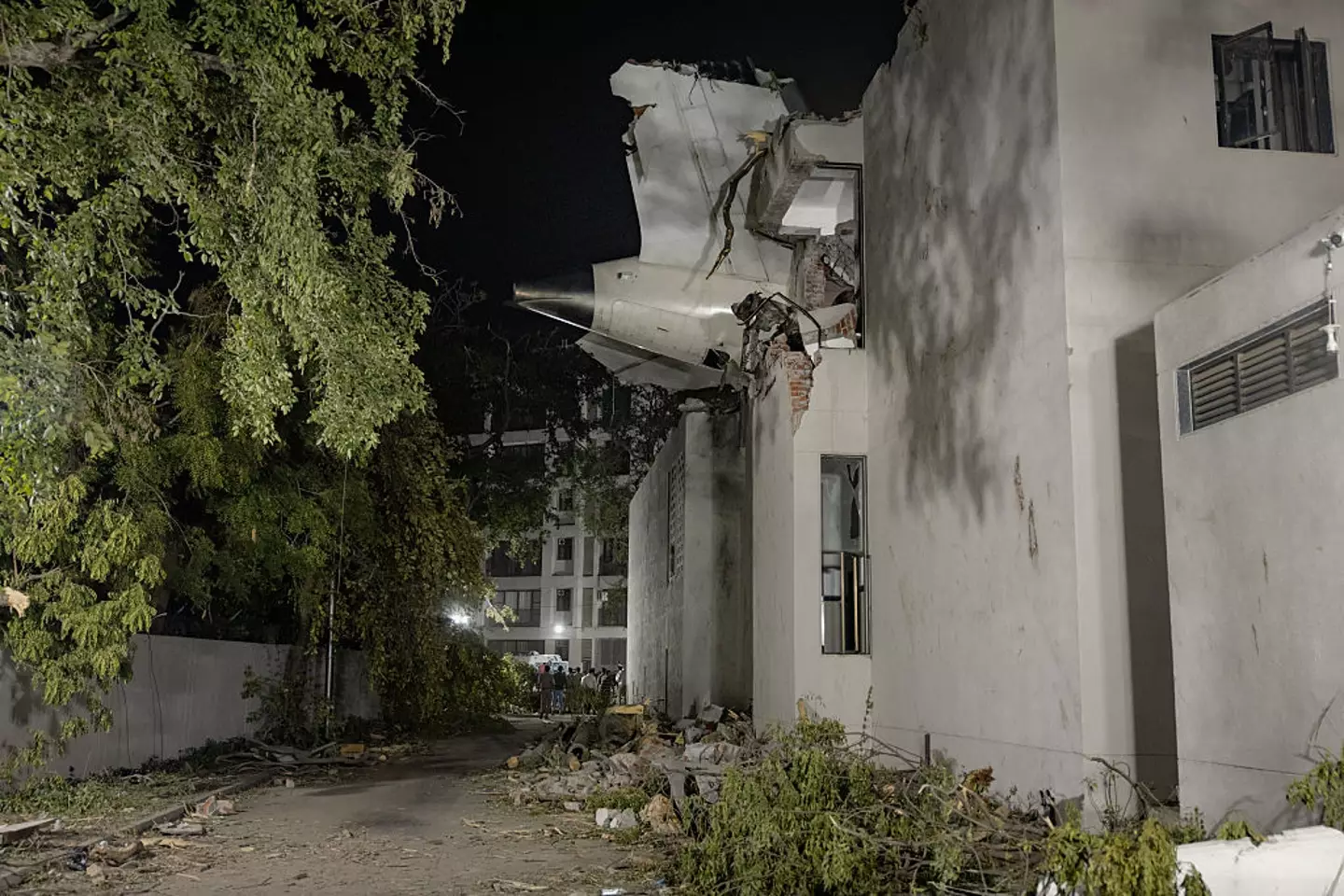

The tail of the airplane sticks out of a medical college hostel after the Air India commercial plane crashed shortly after take-off on June 12 (Elke Scholiers/Getty Images)
The report from the Aircraft Accident Investigation Bureau, which was published yesterday (July 11), details that the pilots were arguing over why fuel supplies to the engines were cut off.
It read: “The aircraft achieved the maximum recorded airspeed of 180 Knots IAS [indicated airspeed] at about 08:08:42 UTC [Coordinated Universal Time – which India Standard Time is five-and-a-half hours ahead of] and immediately thereafter, the Engine 1 and Engine 2 fuel cutoff switches transitioned from RUN to CUTOFF position one after another with a time gap of 01 sec.
“The Engine N1 and N2 began to decrease from their take-off values as the fuel supply to the engines was cut off.”
At which point, the report mentions what could be heard in the pilots’ compartment: “In the cockpit voice recording, one of the pilots is heard asking the other why did he cutoff. The other pilot responded that he did not do so.”
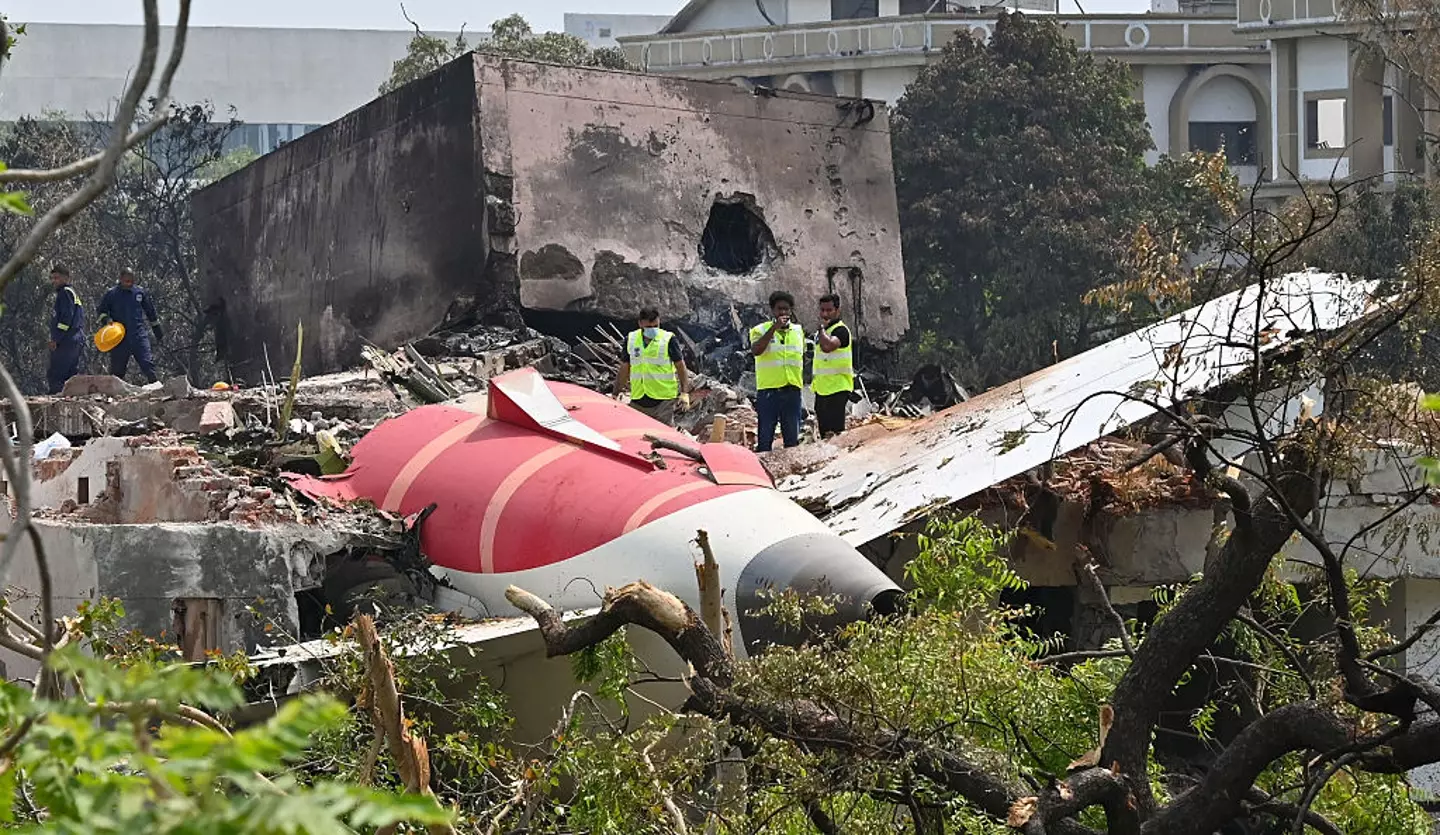

Forensic experts and DGCA officials searching for evidence at Air India Plane crash site, a day after the collision in Ahmedabad, India (Raju Shinde/Hindustan Times via Getty Images)
The Air India jet was understood to have been carrying 54,200kg of fuel at the time which is within the ‘allowable limits’.
Referring to data recovered from the plane’s two Enhanced Airborne Flight Recorders (EAFR), the report continued: “As per the EAFR, the Engine 1 fuel cutoff switch transitioned from CUTOFF to RUN at about 08:08:52 UTC. The APU [auxiliary power unit that provides electrical power and compressed air to the aircraft systems, when the main engines are shut down] Inlet Door began opening at about 08:08:54 UTC, consistent with the APU Auto Start logic.
“Thereafter, at 08:08:56 UTC the Engine 2 fuel cutoff switch also transitions from CUTOFF to RUN. When fuel control switches are moved from CUTOFF to RUN while the aircraft is inflight, each engine’s full authority dual engine control (FADEC) automatically manages a relight and thrust recovery sequence of ignition and fuel introduction.”
As for how the commercial plane was destroyed, it adds that a ‘subsequent fire’ arose after it impacted ‘a total of five buildings’ which each ‘suffered major structural and fire damages’.
Featured Image Credit: SAM PANTHAKY/Getty

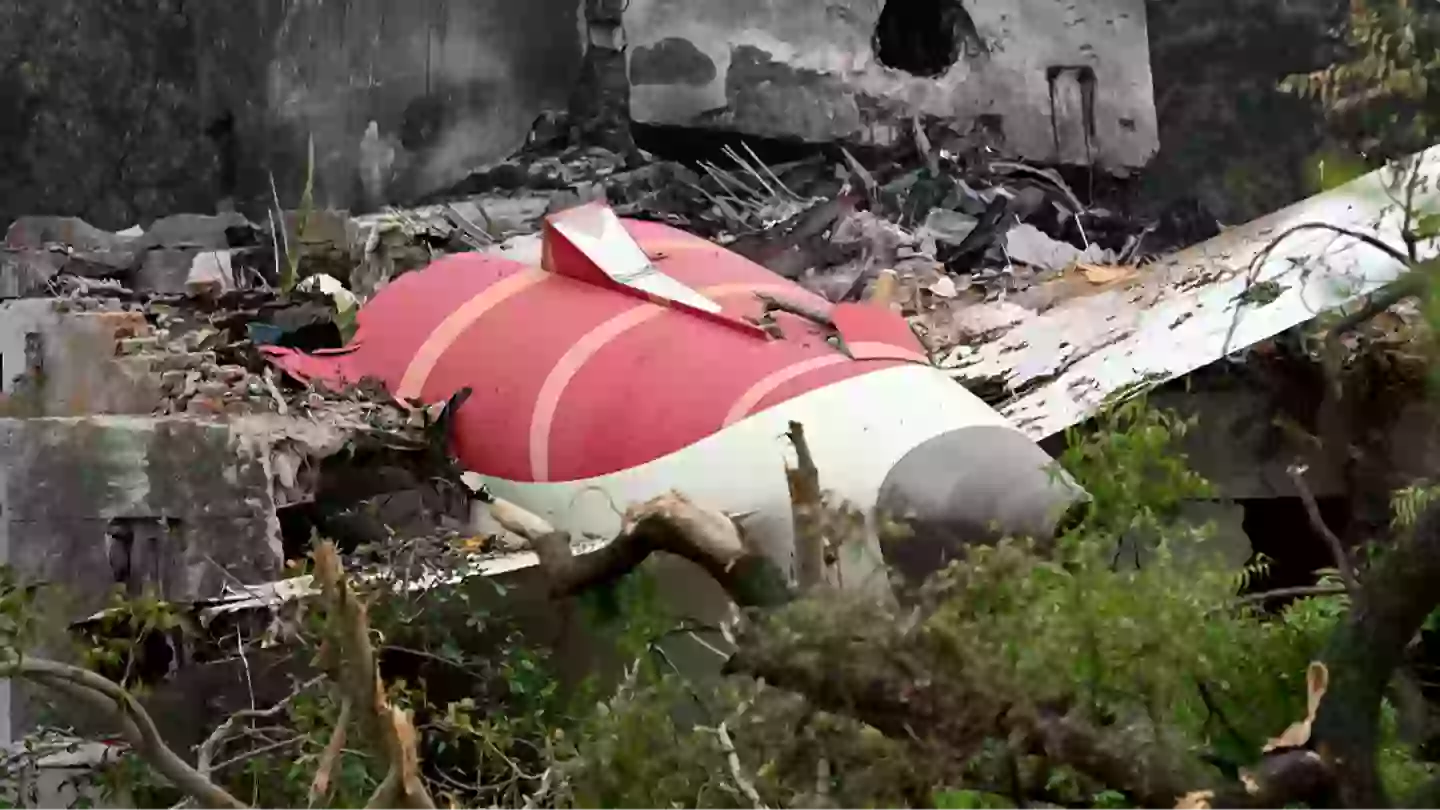
Preliminary findings into the devastating Air India air crash tragedy that killed 260 people have been released.
Bound for London Gatwick, Air India Flight AI171 crashed just 30 seconds after taking off from Ahmedabad airport, in western India, last month.
The flight was carrying 242 people on board and of these, 169 were Indian nationals, 53 were British nationals, one Canadian national and seven Portuguese nationals, according to the company in a statement.
The crash resulted in the deaths of 241 people onboard, leaving one passenger, 40-year-old Vishwash Kumar Ramesh, as the sole survivor.
An investigation into the crash was launched by India’s Aircraft Accident Investigation Bureau (AAIB), with a preliminary report on the tragedy being released on Friday (July 11).
Though the retrieval of the black boxes from the Air India flight was made more complicated due to the damage done to the plane, they have since been collected by investigators for analysis.
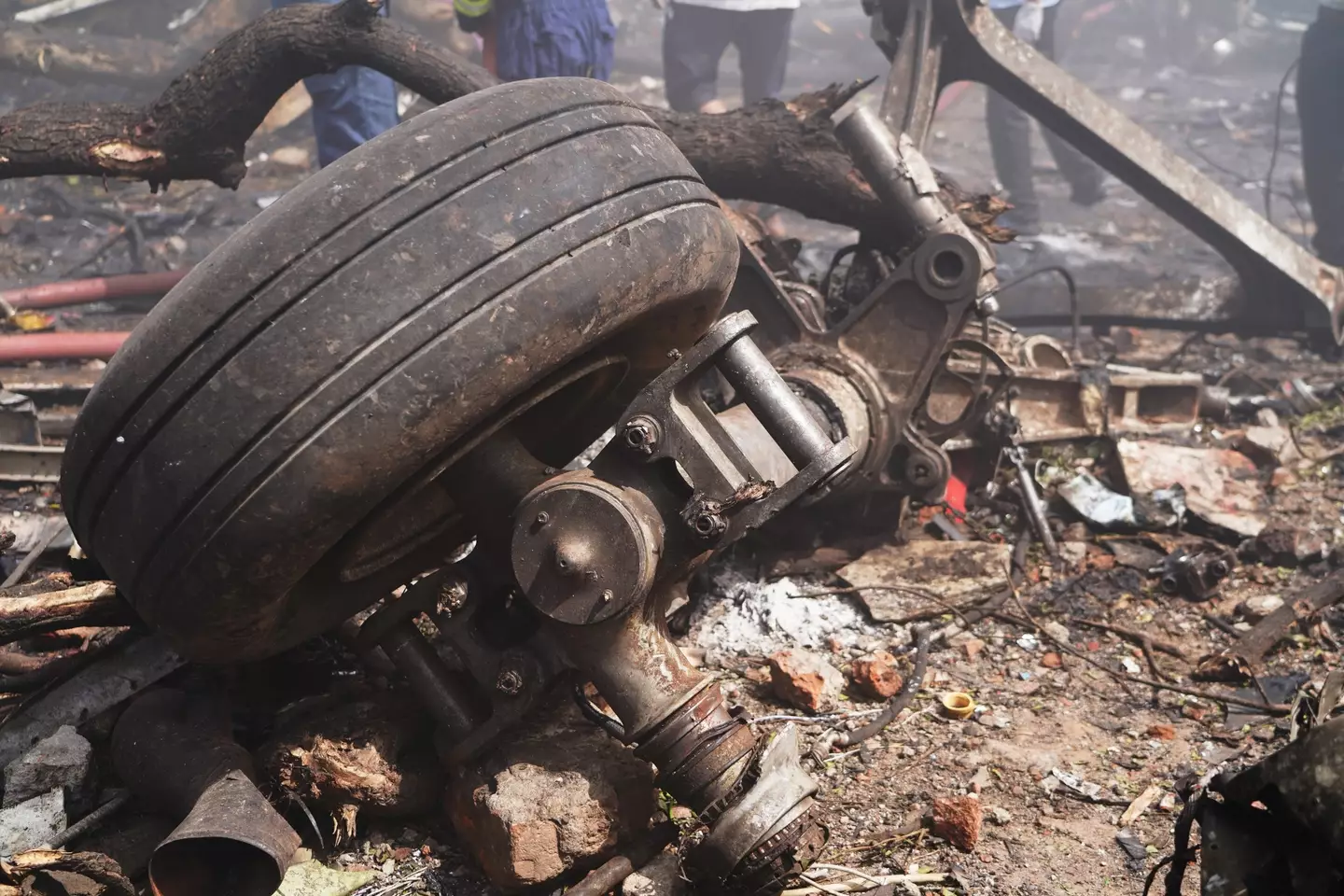

Preliminary findings have been released (Siddharaj Solanki/Bloomberg via Getty Images)
According to the report by India’s Aircraft Accident Investigation Bureau the fuel control switches in the cockpit of the Boeing 787 Dreamliner had been flipped, starving the engines of fuel.
Investigators were able to gather this data once the black box had been recovered, giving them access to 49 hours of flight data and two hours of cockpit audio, including from the crash.
The aircraft had reached an airspeed of 180 knots when both engines’ fuel cutoff switches were ‘transitioned from RUN to CUTOFF position one after another with a time gap of 01 sec.’
The report added: “In the cockpit voice recording, one of the pilots is heard asking the other why did he cutoff. The other pilot responded that he did not do so.”
Today’s findings are just preliminary – meaning more investigating and answers for all those affected will be coming in the future.
There has been somewhat of a delay in sharing these initial findings, but that’s for very good reason.
Captain Steeeve explained that damage to the black boxes has further hindered investigators’ ability to retrieve the data they contain, saying: “If you got a flight data recorder that’s not damaged at all you can simply plug a cord into it hook it up to a laptop and retrieve the data. It gets much more complicated when they’re damaged.
“And so clearly with these they couldn’t just plug into them and retrieve the data. So now you’ve got to get the box physically out of the airplane… And then you got to take that thing and you’ve got to get it someplace where somebody can interpret it.”
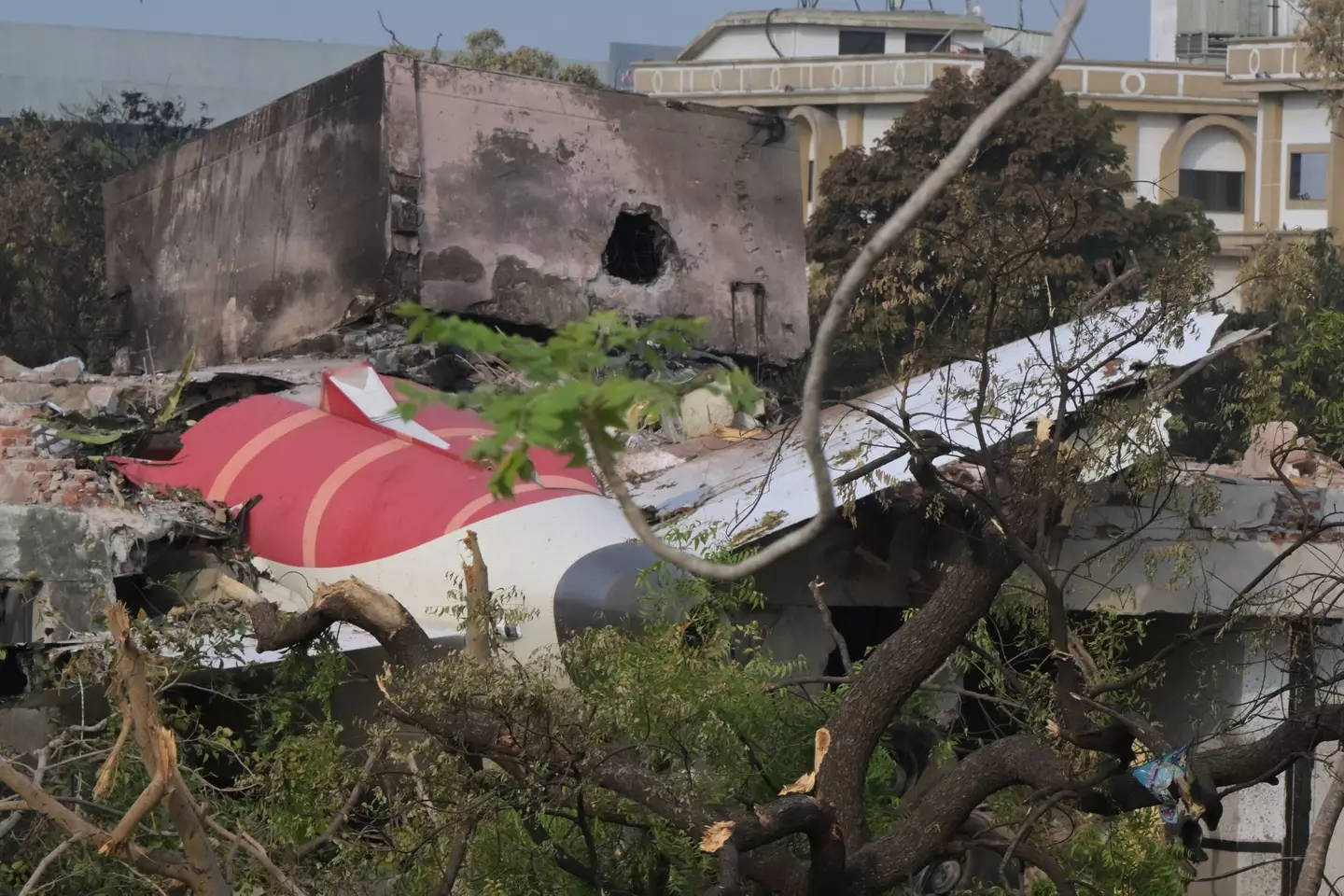

270 people died as a result of the Air India plane crash (DIBYANGSHU SARKAR/AFP via Getty Images)
The expert went on to say that interpreting the date certainly wouldn’t have been easy for investigators considering the plane was only in the air for a very short period of time.
Captain Steeeve said: “Since [issues] happened so close to one another it’s almost like a tangled ball of yarn. It can be straightened out, it can be undone but it’s much more complicated than a long string of yarn that has a couple of knots in it…
“That’s why it’s taken so long up to this point and it may take much longer for them to do it and to do it properly. If I’m leading that investigation I want to make sure that we get the proper answers, the correct answers, before we go to the public.”
Featured Image Credit: PUNIT PARANJPE/Getty
Topics: Air India, News, World News, Travel


A Navy veteran and airline pilot known online as Captain Steeeve has explained why there has been a delay in retrieving data from the Air India Boeing 787 Dreamliner, which crashed on June 12.
More than 250 people died from the crash which took place shortly after the Air India plane left Ahmedabad airport, in western India, on a journey bound for London, UK.
The plane, which was carrying 242 people, was only in the air for around 30 seconds, during which time it struggled to gain altitude before it crashed back down in a local neighborhood, killing all but one on board.
An investigation into the crash has been launched by India’s Aircraft Accident Investigation Bureau (AAIB), with Aurobindo Handa, former director general of the bureau, telling Sky News that data recorders known as black boxes were crucial for investigators.
However, more two weeks on from the crash, data is yet to be shared from the recorders.
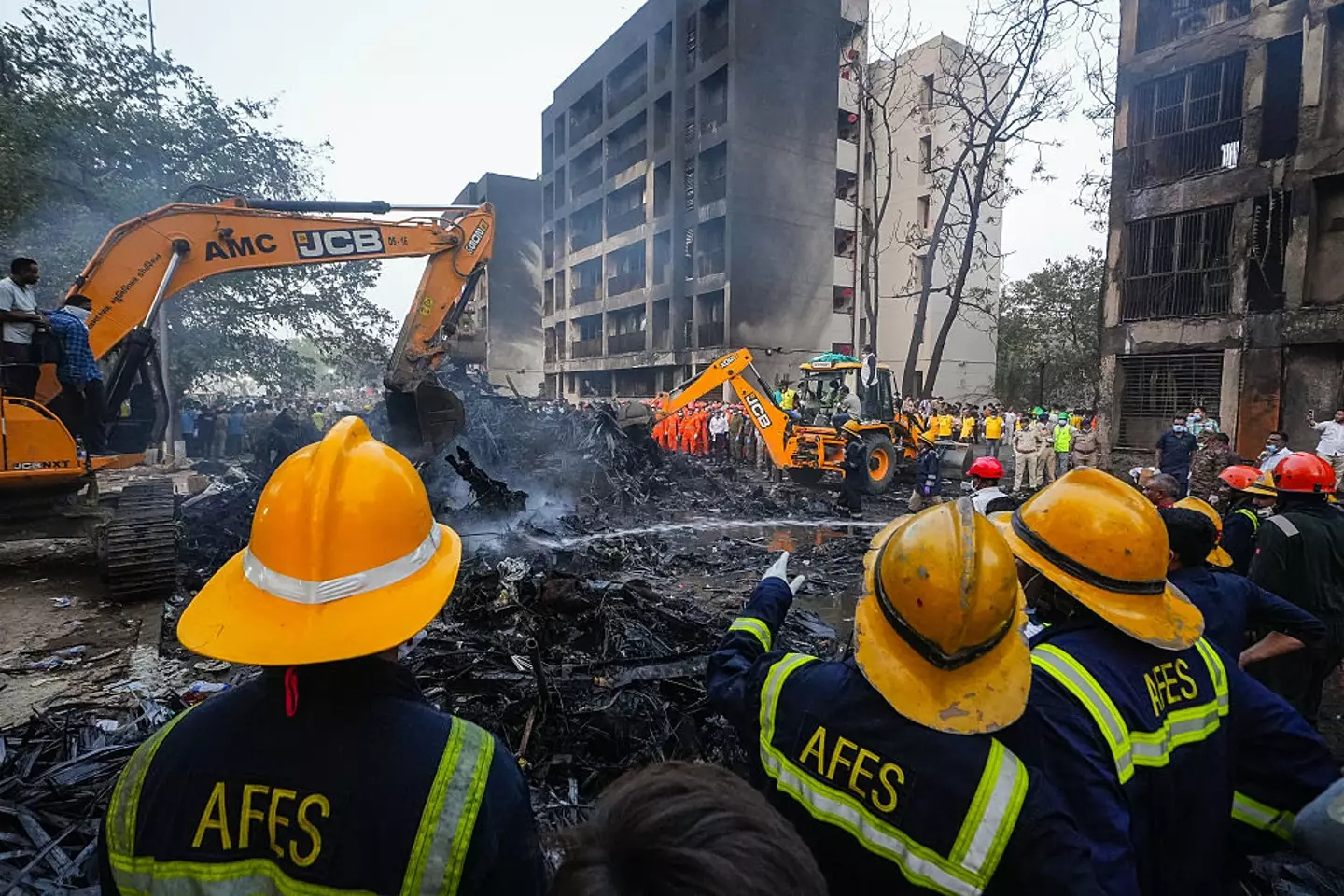

The death toll for the crash stands at 260 (Saurabh Sirohiya/NurPhoto via Getty Images)
What information is stored on a black box?
Black boxes, officially known as Digital Flight Data Recorders (DFDR), have two components which could be key for offering insight into what happened on June 12.
One element is the flight data recorder, which tracks things like altitude, airspeed, and the status of controls.
Another element is the cockpit voice recorder, which helps keep track of conversations pilots had amid the emergency.
Where is the crash data?
Though the retrieval of the black boxes from the Air India flight was made more complicated due to the damage done to the plane, they have since been collected by investigators for analysis.
As for the delay in sharing the findings, Captain Steeeve explained that damage to the black boxes has further hindered investigators’ ability to retrieve the data they contain, saying: “If you got a flight data recorder that’s not damaged at all you can simply plug a cord into it hook it up to a laptop and retrieve the data. It gets much more complicated when they’re damaged.
“And so clearly with these they couldn’t just plug into them and retrieve the data. So now you’ve got to get the box physically out of the airplane… And then you got to take that thing and you’ve got to get it someplace where somebody can interpret it.”
The black boxes are now in Delhi in India, where multiple agencies working on the case have had to come together to analyze the data.
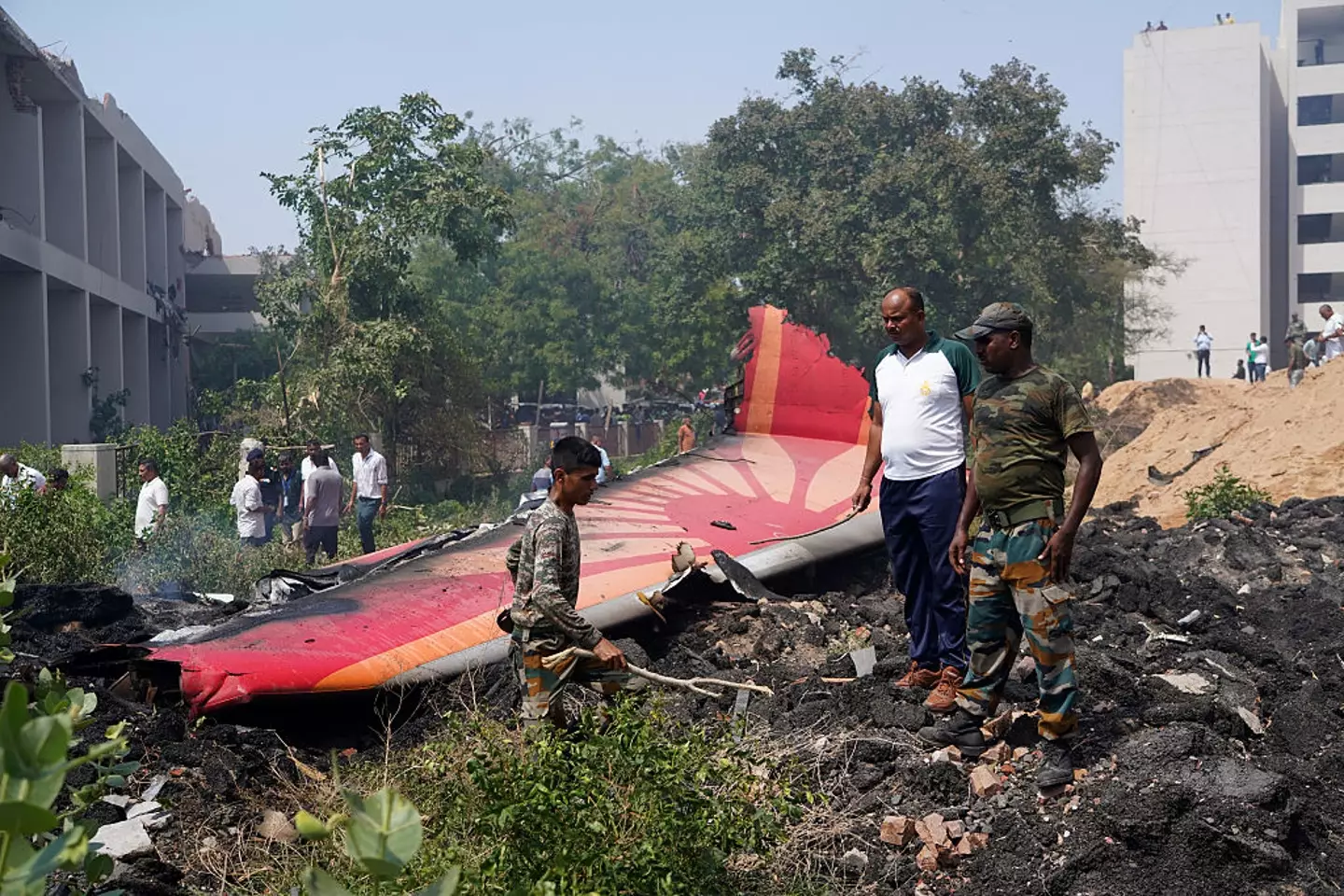

The plane’s remains were badly charred after the crash (Siddharaj Solanki/Bloomberg via Getty Images)
How will authorities retrieve the data?
Captain Steeeve stressed that black boxes are ‘completely sealed’, meaning experts have to ‘cut into’ the box while trying to avoid any further damage.
“You have to have the right precision equipment to do that,” he said, adding: “That’s got to get sent over there [to Delhi].”
Once the data has been collected from the motherboards in the black boxes, it has to be put into a working recorder – a process which ‘takes time’ to avoid any information being lost, Captain Steeeve said.
Once the data is readily available, investigators then have to interpret it – a process made more complicated by the fact that the plane was only in the air for a very short period of time.
Captain Steeeve said: “Since [issues] happened so close to one another it’s almost like a tangled ball of yarn. It can be straightened out, it can be undone but it’s much more complicated than a long string of yarn that has a couple of knots in it…
“That’s why it’s taken so long up to this point and it may take much longer for them to do it and to do it properly. If I’m leading that investigation I want to make sure that we get the proper answers, the correct answers, before we go to the public.”
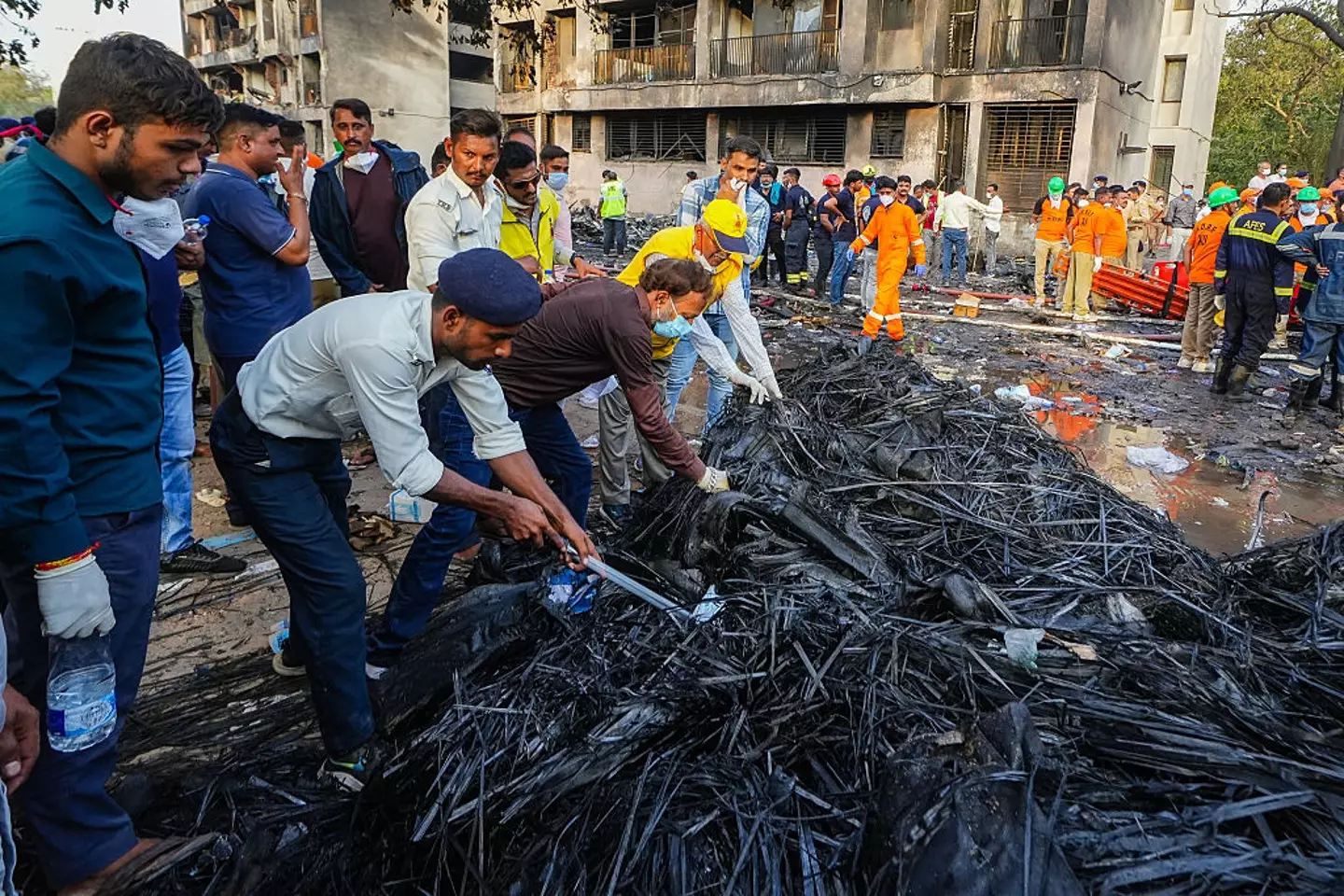

Authorities are yet to confirm the cause of the crash (Saurabh Sirohiya/NurPhoto via Getty Images)
What is the ‘sabotage’ theory surrounding the crash?
As the investigation continues, India’s aviation minister has confirmed that it is considering whether there may have been sabotage involved in the crash, rather than an accidental issue.
Murlidhar Mohol, the minister of state for civil aviation, said: “It was an unfortunate incident. The AAIB has begun a full investigation into it… It is being probed from all angles, including any possible sabotage.
“The CCTV footage are being reviewed and all angles are being assessed… several agencies are working on it.”
Mohol described the events surrounding the crash as ‘rare’, noting that both engines have never previously failed at the same time.
“Once the (probe) report comes, we will be able to ascertain if it was an engine problem or fuel supply issue or why both the engines had stopped functioning,” he explained.
Where is the investigation up to now?
On Sunday (June 29), India’s civil aviation ministry confirmed that a team led by India’s AAIB has started looking at the data, with support from the U.S. National Transport Safety Board.
The ministry added: “These efforts aim to reconstruct the sequence of events leading to the accident and identify contributing factors to enhance aviation safety and prevent future occurrences.”
Mohol has said a report would be released in three months.
Featured Image Credit: Getty Images/Hindustan Times
Topics: Air India, India, Technology, World News
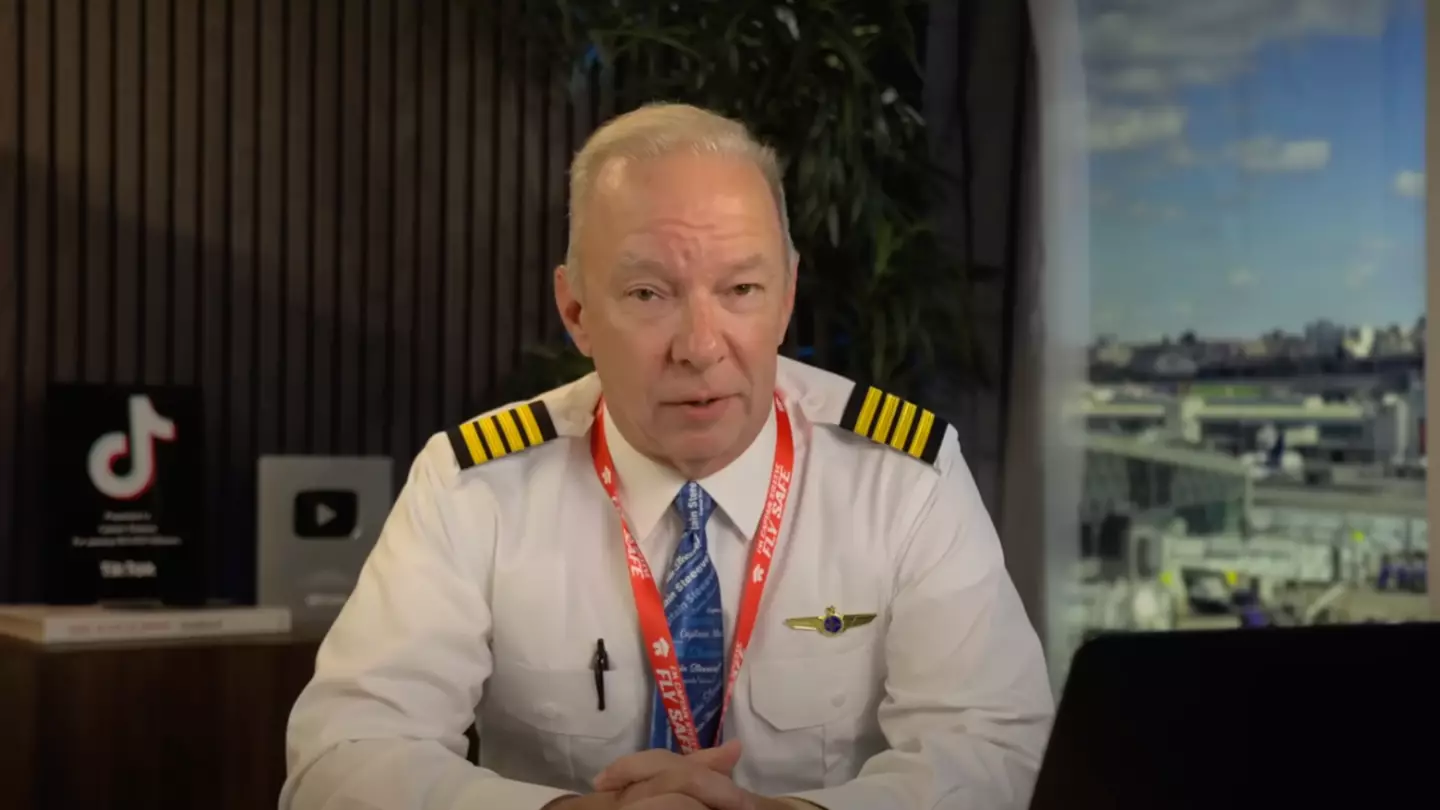

An aviation expert believes he knows the ‘simple’ reason why the Air India plane on the way to London Gatwick crashed, causing 241 of the 242 people onboard to die.
On Thursday (June 12), a passenger plane bound for the UK capital plummeted to the ground shortly after taking off in Ahmedabad, western India, at 13:39 local time.
Air India has stated that the doomed Flight AI171 departed from Ahmedabad’s Sardar Vallabhbhai Patel International Airport.
60-year-old Captain Sumeet Sabharwal and his co-pilot Clive Kundar were in the cockpit. The former was reportedly extremely experienced, having clocked up over 8,000 flying hours during his 22-year tenure as a pilot.
It’s understood that a mayday call was made by Captain Sabharwal from the Air India cockpit almost immediately after takeoff.
“Mayday […] no thrust, losing power, unable to lift,” authorities claim the emergency message said.
After reaching a height of around 625 feet, the Air India flight descended from the sky and hit the ground in a massive explosion.
In harrowing video footage, a plume of smoke from the plane’s impact could be seen rising into the sky.
India’s Home Affairs Minister Amit Shah said the Boeing 787-8 Dreamliner was carrying 100 tonnes of fuel – almost a full load – and that 242 passengers and crew members were on board.
.jpg)
.jpg)
241 people onboard the aircraft (including crew members and passengers), have died (Indian Home Minister Amit Shah via X)
These comprised: 169 Indian nationals, 53 British nationals, one Canadian national, and seven Portuguese nationals.
40-year-old Vishwash Kumar Ramesh, a British man, has been named as the sole survivor of the Air India crash.
A senior health official has since stated that eight local people on the ground, including four medical students, were also killed in the tragedy.
An investigation has been launched into what caused the tragedy, but one aviation expert has detailed what he thinks happened.
Captain Steve, a commercial airline pilot and YouTuber, claimed that a simple error in the plane’s cockpit could have caused the aircraft to crash.
“Here’s what I think happened, again folks this is just my opinion…I think the pilot flying said to the co-pilot said ‘gear up’ at the appropriate time,” he began.
“I think the co-pilot grabbed the flap handle and raised the flaps, instead of the gear. If that happened – and this is a big if – this explains a lot of why this airplane stopped flying.”
According to the content creator, if the plane’s flaps were raised, this would have caused the flight to lose airspeed and altitude rapidly.
However, Steve added that at this stage, it was ‘impossible’ to know whether or not the flaps were up or out.
.jpg)
.jpg)
Captain Steve has discussed what he believed happened amid the tragedy (YouTube/Captain Steeeve)
Therefore, due to how quickly the plane would have plummeted, it could have been extremely difficult for pilots on board to deal with and ‘recover from’, Steve explained.
Usually, the 787’s composite wings would bend during takeoff as lift forces took it into the air, he said.
However, as the Air India plane apparently showed no sign of bending, this has prompted speculation that the flaps had accidentally been retracted, causing the plane to stop flying, Steve claims.
Meanwhile, former British Airways pilot Alastair Rosenschein has said a series of ‘clear issues’ could have contributed to the plane failing to take off properly from the Indian runway.
“It’s clearly got its [landing] gear down and that is not correct… it should have been up. And from the video… It’s not immensely clear… but it does look like the aircraft didn’t have its take-off flap setting,” he told Sky News after analyzing video footage.
Like Captain Steve, Rosenschein remarked that the plane flap setting didn’t ‘look right’ and that it looked as if an ‘aerodynamic issue’ was the cause of the devastation.
Ramesh, who was sitting in seat 11a on the plane, has recently recalled how the plane went down, detailing how he managed to get out of the wreckage.
Speaking from his hospital bed in Asarwa, Ahmedabad, the crash survivor said: “Thirty seconds after takeoff there was a loud noise and then the plane crashed. It all happened so quickly.


A 40-year-old British man is the sole survivor of the crash (DD India/YouTube)
“When I got up, there were bodies all around me. I was scared. I stood up and ran. There were pieces of the plane all around me. Someone grabbed hold of me and put me in an ambulance and brought me to the hospital.”
Ramesh also told Indian state media DD News that he managed to unbuckle himself from his seat after the plane went down, using his leg to push through the debris and eventually crawl out.
Following the near-fatal flight, India’s Prime Minister Narendra Modi has released a statement claiming the country is ‘devastated by the air tragedy’.
“The loss of so many lives in such a sudden and heartbreaking manner is beyond words,” he added.
“Condolences to all the bereaved families. We understand their pain and also know that the void left behind will be felt for years to come. Om Shanti.”
Featured Image Credit: Captain Steeeve/YouTube
Topics: Air India, India, Plane, World News, YouTube
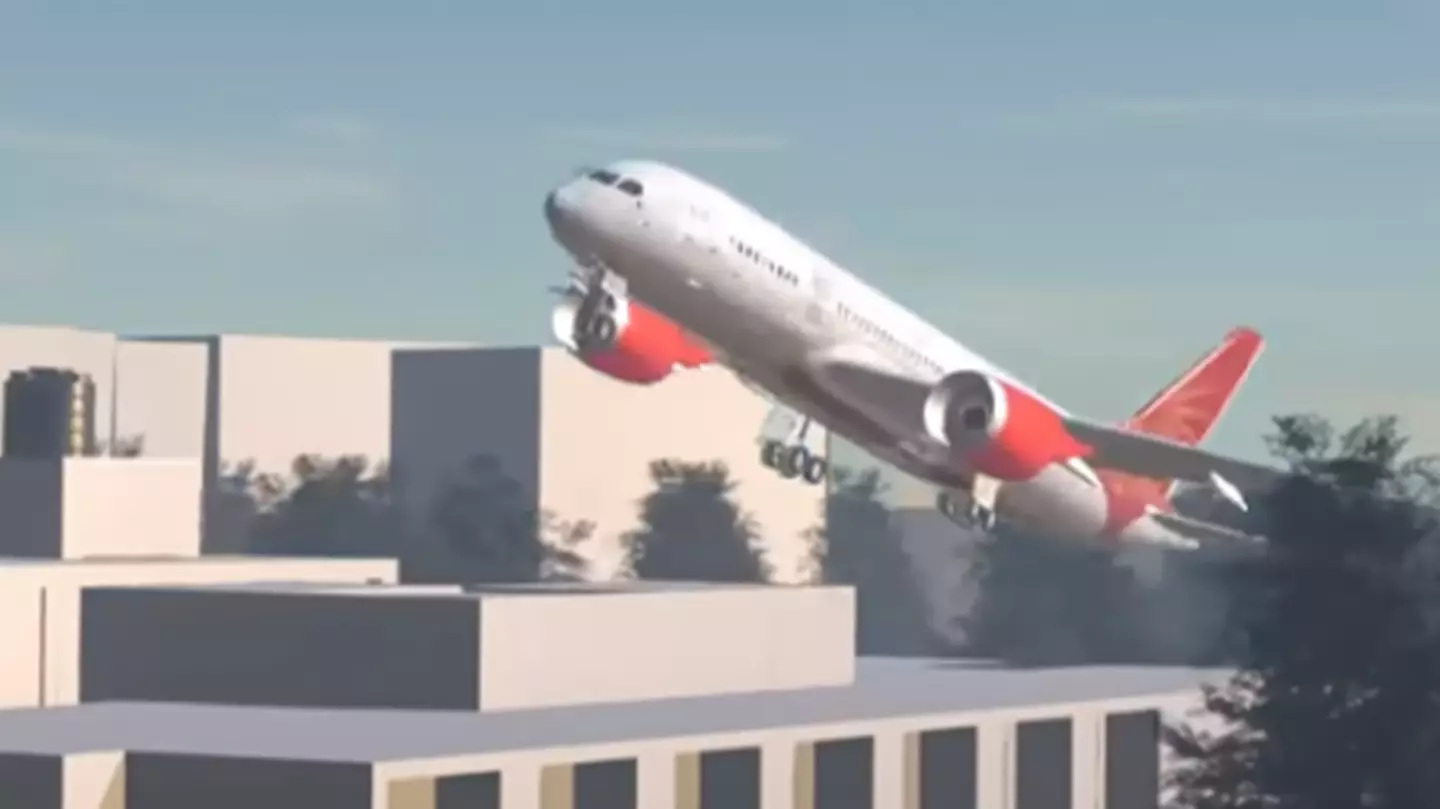

A simulation shows a possible way in which the sole survivor of the Air India plane crash managed to escape the burning wreckage, and it is astounding.
On June 12, a 40-year-old British man named Vishwash Kumar Ramesh miraculously survived the fatal Air India plane crash as it encountered issues just seconds after takeoff from Ahmedabad, in western India.
Video footage has shown the potential reason he managed to walk away from the wreckage of the Air India flight, which sadly killed the 241 other passengers and crew on board.
The AI171 jet, that was heading to London, also resulted in the deaths of dozens of people on the ground after it crashed into a building used as accommodation for doctors at the Byramjee Jeejeebhoy Medical College and Civil Hospital.
The death toll has since risen to 270.


An Air India flight crashed into a residential area shortly after taking off from Ahmedabad, western India, resulting in the deaths of 270 people (SAM PANTHAKY/AFP via Getty Images)
Authorities are investigating the exact cause of the Boeing 787-8 crash, but many experts have weighed in on how exactly Ramesh managed to survive.
As per a new simulation posted on YouTube by AiTelly, there are two possible ways in which Ramesh could have escaped the plane.
Option one: He may have jumped from the plane while it was in the air and descending via the emergency exit.
Option two: He could have escaped after the plane crashed through the same door, seconds before it went up in flames.
The simulation also shows various theories as to how the plane crashed, from full loss of power, engine failure and more. But as for Ramesh’s miraculous story, option two seems the most likely.
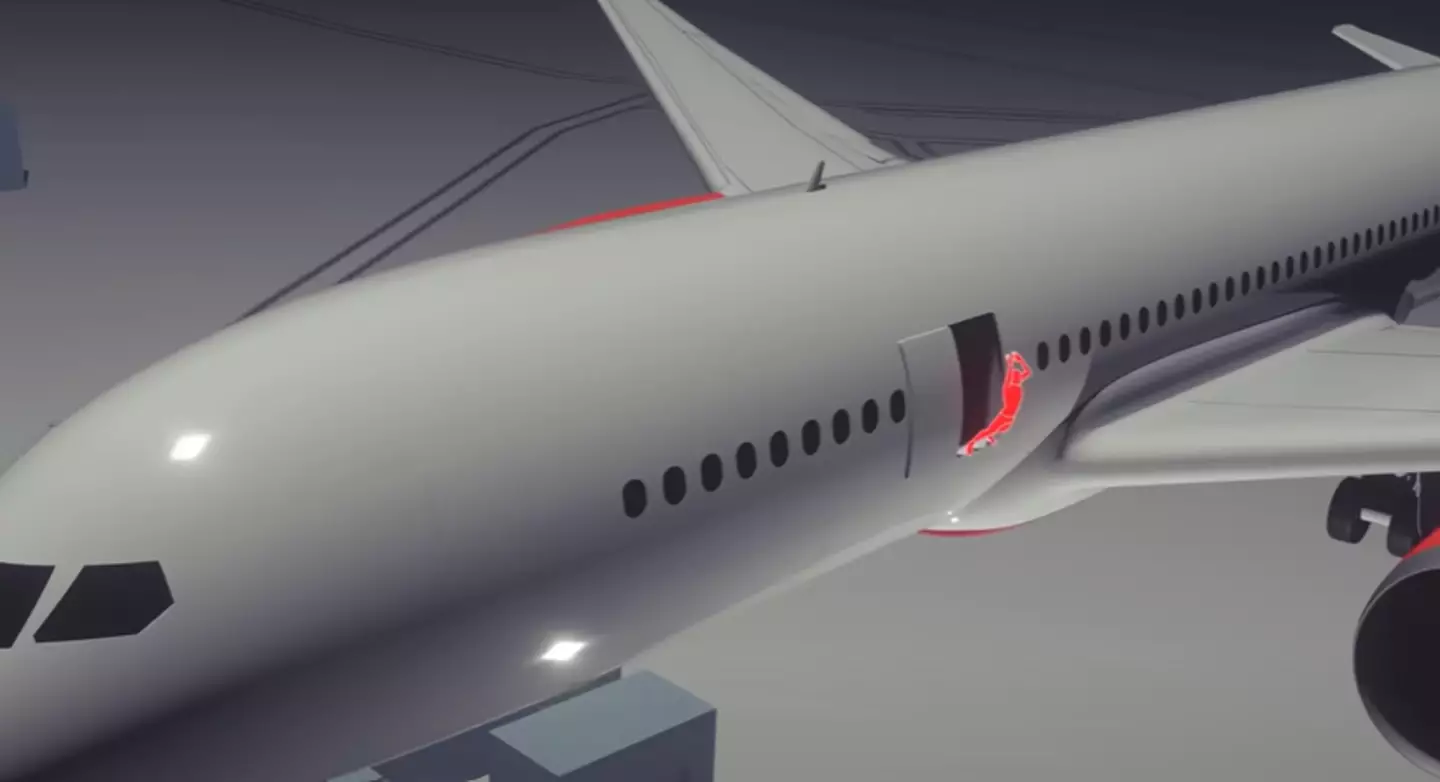

An AI simulation shows how the sole survivor of the Air India crash could have jumped from the plane (YouTube/AiTelly)
According to him, he was sat in seat 11a on the plane and escaped before the jet went up in flames as it hit the residential area.
The father-of-one from Leicester, UK, explained from his hospital bed that he was able to ‘unbuckle’ himself from his seat and use his leg to push an opening.
“When I got up, there were bodies all around me. I was scared. I stood up and ran,” he said to local news media, as per Reuters. “There were pieces of the plane all around me. Someone grabbed hold of me and put me in an ambulance and brought me to the hospital.”
In footage of the event, a passerby can be seen approaching him as he is covered in blood and limping and guiding him to emergency services.
Ramesh was returning home to his family in the UK and was accompanied by his brother Ajay on the flight. However, he tragically lost his sibling who was sitting in a different seat on the same row.
He said to Indian state media DD News that the part of the jet he was sitting in was close to the ground and had not hit the building. However, the opposite side, he said was near a wall, blocking anyone from leaving.
Although the emergency door was broken, Ramesh said he ‘just walked out’ and away from the scene.
While many may believe that Ramesh could hold the key to finding out what went wrong, he admits he ‘can’t explain’ everything but remembered hearing a ‘loud noise’ and seeing ‘flickering lights’ inside the aircraft within seconds of taking off from the runway.
“I saw people dying in front of my eyes – the air hostesses, and two people I saw near me,” he said. “For a moment, I felt like I was going to die too, but when I opened my eyes and looked around, I realised I was alive.
“I still can’t believe how I survived. I walked out of the rubble.”
Featured Image Credit: YouTube/AiTelly
Topics: Air India, India, Plane, World News
